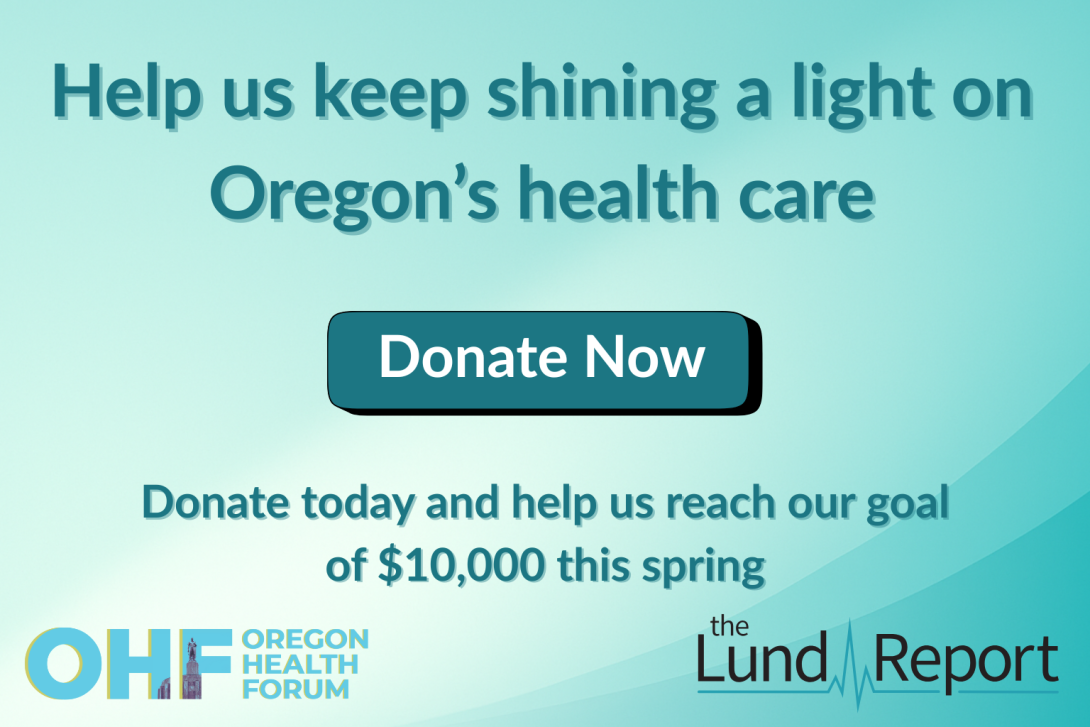Today the Oregon Health Authority released its fourth annual Coordinated Care Organization (CCO) Metrics Report. The report details CCO performance on a variety of quality measures, and shows the incentive payments the 16 health plans will receive based on each plan’s results in serving Oregon Health Plan (OHP) members. For 2015, CCOs received a combined total of $168 million in incentive payments. These pay-for-performance funds mark a continued movement toward paying for quality and access to care—not just services delivered—in Oregon’s health care system.
“The latest performance report shows coordinated care organizations across the state are providing higher quality care for Oregon Health Plan members,” said Lynne Saxton, OHA Director. “OHP members are enrolling in patient-centered primary care homes, using emergency rooms less frequently and getting more effective care for chronic diseases. Oregon’s incentives are producing better results for members and for taxpayers.”
The Oregon Health Authority is continuing to make progress in key areas through the coordinated care model and the CCOs’ hard work is making that possible. Report highlights include:
- Hospital readmissions have decreased: The percent of adults who had a hospital stay and were readmitted for any reason within 30 days has improved by 33 percent since 2011. This measure is also shared with the Hospital Transformation Performance Program.
- Decreased hospital admissions for short-term complications from diabetes: Decreased 29 percent since 2011. Admissions for chronic obstructive pulmonary disease (COPD), congestive heart failure, and asthma also have all decreased from the 2011 baseline. Lower is better for these measures.
- Increased access to primary care for children and adolescents: The percent of children and adolescents who had a visit with their primary care provider in the past year has increased from 2014. Adolescent well-care visits also have increased 38 percent since 2011.
- Increased rates of dental sealant use: The percent of children ages 6-14 who received a dental sealant on a permanent molar in the past year increased 65 percent since 2014.
- Increased use of effective contraceptives: The percent of women ages 15-50 who are using an effective contraceptive increased almost 9 percent since 2014, even with the addition of thousands of new OHP members in 2014.
- Increased blood sugar testing for adults with diabetes: The percent of adults with diabetes who received at least one blood sugar test during the year has increased 6 percent since 2011.
- Patient-centered primary care home enrollment continues to increase: Coordinated care organizations continue to increase the proportion of members enrolled in patient-centered primary care homes. PCPCH enrollment has increased 69 percent since 2012.
- Increased member satisfaction: The percent of CCO members who report that they received the information or help they needed and thought they were treated with courtesy and respect by customer service staff has increased almost 10 percent since 2011 baseline.
The Oregon Health Authority is continuing to put resources into improving quality, access, and outcomes for Oregon Health Plan members by supporting CCOs. OHA’s Transformation Center provides targeted technical assistance on specific measures to CCOs, including a focus on colorectal cancer screening, adolescent well care visits, childhood immunizations, and reducing tobacco use.
